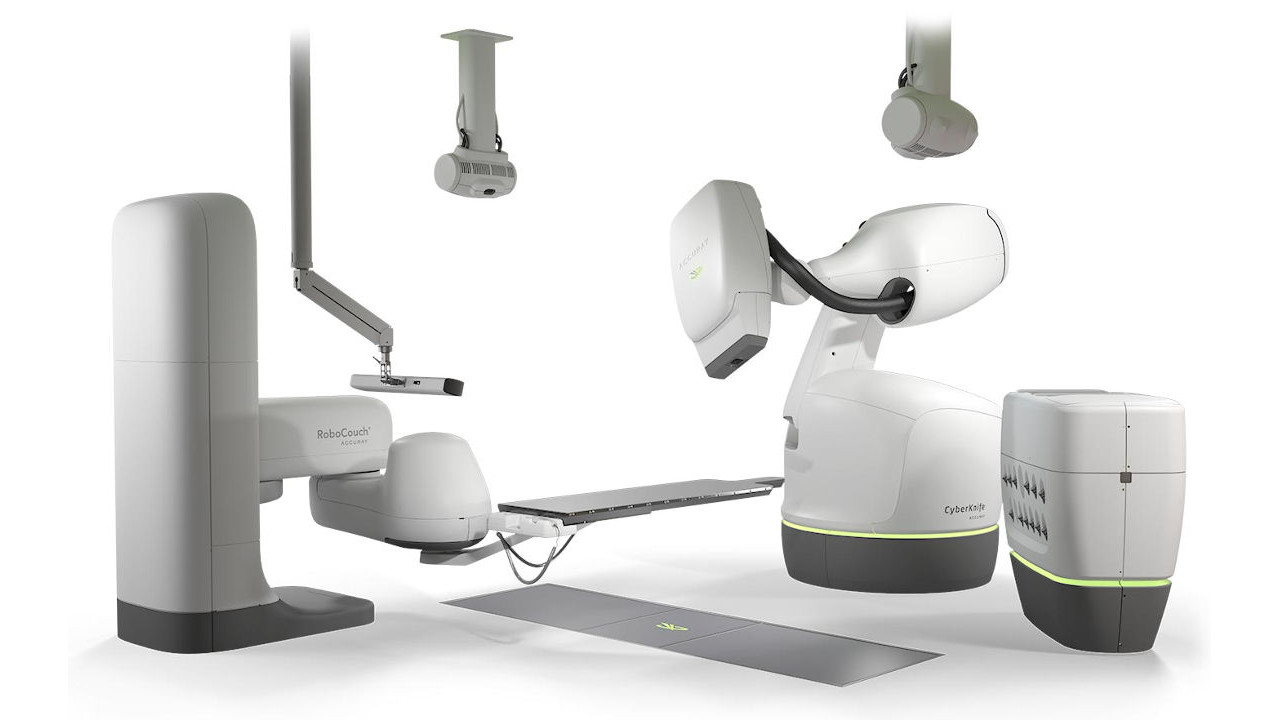When Is CyberKnife Not Recommended For Prostate Cancer? While CyberKnife is an innovative form of SBRT, ensuring precise tumor targeting and safeguarding healthy tissues, it’s not always the best choice for everyone. In preparation, urologists implant 3-4 rice-sized gold fiducial markers in the prostate for imaging reference. Beyond treatments, consider Prostate nutrition for optimal health.
1. You have a high Gleason score
Gleason scores are calculated based on what healthcare providers learned about your cancer after reviewing tissue samples from your prostate biopsy. They evaluated patterns of normal and cancerous cells within your prostate gland, then classified these patterns on a scale from 1-5 according to how closely they resemble healthy prostate cells; patterns which did not resemble them were given higher scores.
Gleason scores have traditionally been used to gauge the aggressiveness of prostate cancer; however, numbers alone cannot give an accurate representation. Therefore healthcare providers also utilize other information when developing treatment plans tailored specifically for each individual.
If your Gleason score is seven or higher, it indicates high-grade or advanced prostate cancer that could spread quickly to other parts of your body and may require other forms of treatment such as surgery or chemotherapy.
CyberKnife is an alternative to surgery that can effectively treat prostate cancer that is localized (confined to the prostate). A robot moves around your body to direct radiation towards your tumor. Treatment generally lasts 30 to 90 minutes.
Before beginning CyberKnife treatment, your Radiation Oncologist will insert gold markers called fiducials to track your prostate during treatment. An MRI will also be conducted to provide CyberKnife with accurate information regarding tumor size, shape and location so it can avoid targeting healthy tissues around your prostate.
2. You have an enlarged prostate
An enlarged prostate can squeeze or pinch your urethra (the tube that transports urine out of your body), making urination harder than before. But your doctor can provide help through medications to reduce its size, relax both bladder and prostate so you can urinate more freely.
These medications only have limited effectiveness and can cause side effects that include erectile dysfunction and problems with urinary and bowel function. CyberKnife offers noninvasive radiation treatments with better results with fewer side effects compared to standard radiation therapies for prostate cancer treatment.
CyberKnife is a type of stereotactic body radiation therapy (SBRT). SBRT utilizes a robotic arm to deliver multiple beams of high-dose radiation directly onto your prostate using multiple high-powered beams. As the robot moves around you and its position is measured precisely with X-ray machines, your doctor can make adjustments as necessary if tumor or other structures move during treatment.
CyberKnife technology makes this treatment more comfortable than traditional radiosurgery, since no anesthesia or surgery are needed; you simply lie on a table while it does its work. While you may hear and see parts of the machine moving and adjusting to target your prostate, each treatment session takes only an hour; music or soothing sounds may help soothe you during that time.
3. You have a tumor that is too large for treatment
CyberKnife radiation therapy is an external beam radiation technique that does not involve surgery or anesthesia, making it an effective, noninvasive solution to treat prostate cancer. CyberKnife uses a linear accelerator (a machine that makes radiation) on a robotic arm to deliver stereotactic body radiation therapy, or SBRT, and high doses of radiation are sent directly into your prostate gland using very precise targeting. Accuracy is of utmost importance; to successfully deliver SBRT doses accurately while limiting collateral tissue or organ damage; your urologist will insert needles with gold markers into your prostate that CyberKnife can detect.
CyberKnife can treat prostate cancer in four to five sessions over one to two weeks, each lasting around one hour on the table with you lying still on a treatment table while the CyberKnife robot moves from position to position around your body, with an accompanying computer monitoring the CyberKnife system for any movement and making necessary adjustments so that cancerous growths receive sufficient radiation without harming healthy tissue.
Once treatment has concluded, abnormal growths or tumors (also called lesions) should begin to shrink or stop growing and spreading. Your doctor will arrange follow-up visits involving PSA blood tests so they can assess if CyberKnife treatments have worked successfully.
4. You have cancer that has spread to the lymph nodes
CyberKnife can reduce radiation therapy’s risks for surrounding tissue damage by utilizing a robotic arm and focused radiation beam delivery, along with cameras and sensors that monitor healthy tissues to minimize potential harm to them. As such, CyberKnife allows treating tumors in hard-to-reach locations like prostate gland without the need for surgery or anesthetics.
At SBRT, patients lie on a treatment table while the CyberKnife robot moves around them delivering radiation directly onto the tumor. Our team of radiation oncologists and physicists will guide this computerized system, making necessary adjustments based on movements of breathing as well as tracking your tumor through your anatomy with three to five tiny gold seeds or fiducial markers inserted via ultrasound-guided needles before your procedure begins.
SBRT generally causes few side effects and doesn’t require hospitalization or recovery time – patients can resume normal daily activities immediately following CyberKnife therapy! Patients typically notice some mild to moderate urinary side effects (such as frequent and urgent urination) and rectal discomfort; these should fade quickly with use.
Dependent upon the outcome of your CyberKnife treatment, follow-up appointments may be necessary and typically consist of physical exams, PSA testing and imaging studies. Your physician will advise on an ideal follow-up schedule for you.


